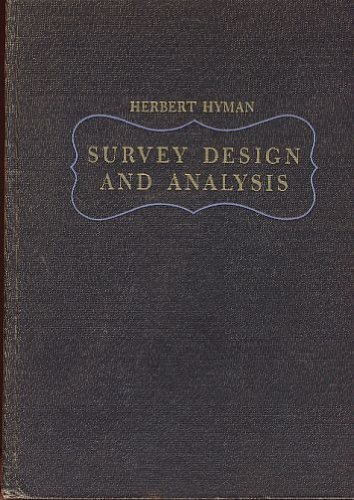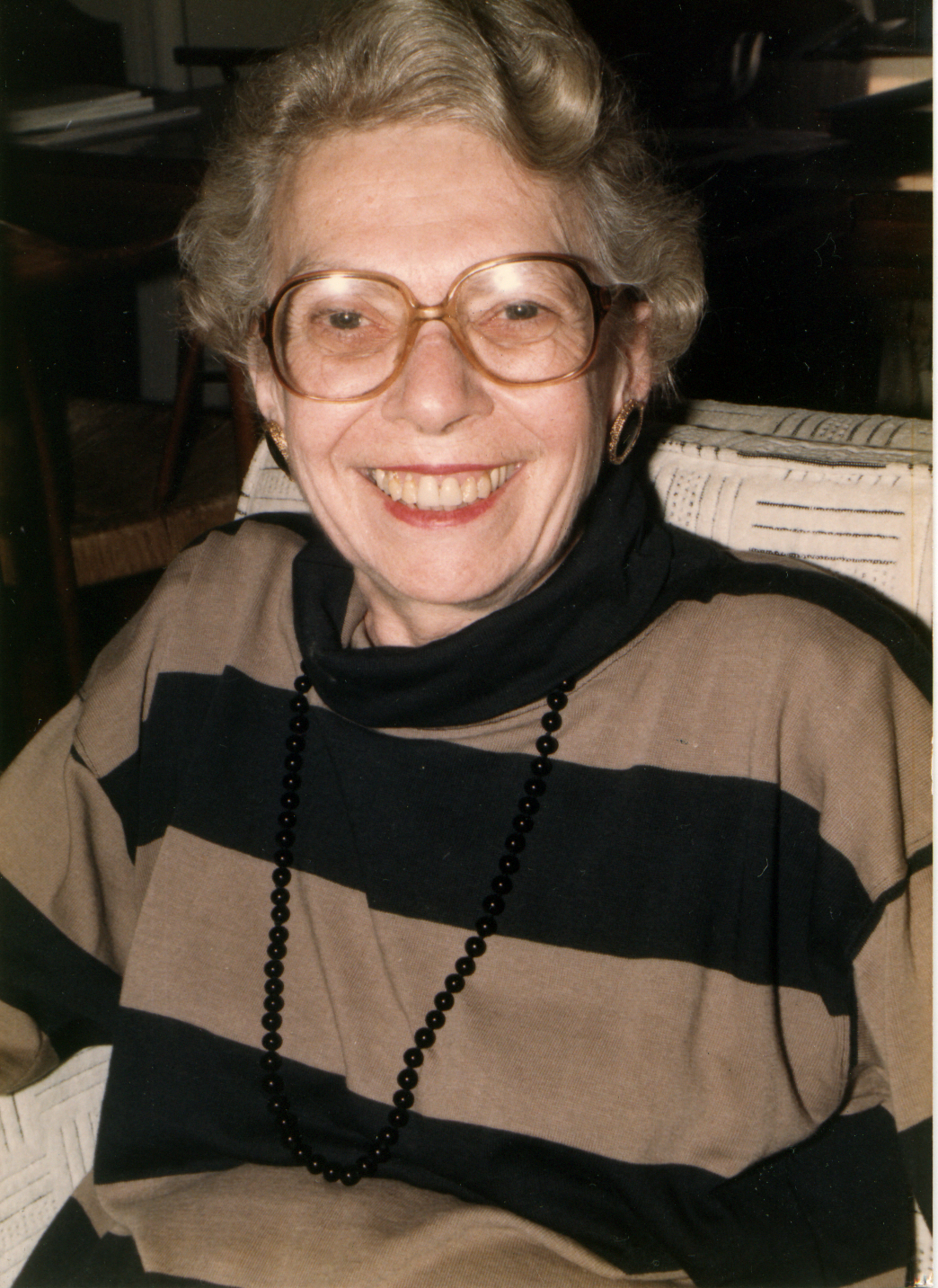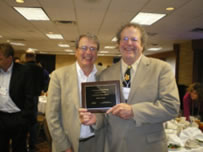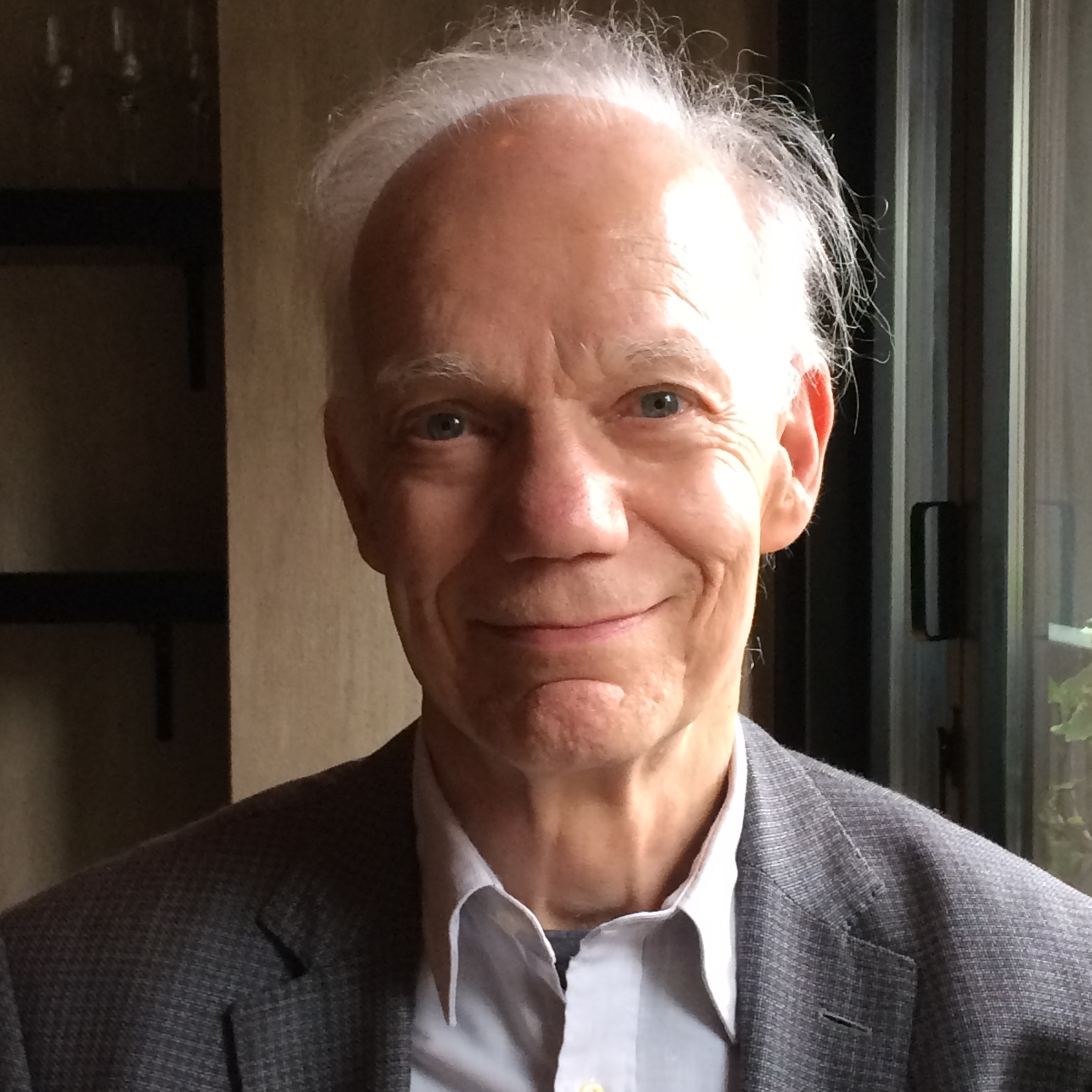

Outline
Early History
The Steps Approach
Early History
Sewall Wright
Sewall Wright was a biologist who spent most of his career at the University of Chicago and was the inventor of path analysis. He discussed mediation in a 1934 paper:
The term P(BL) = -.51 can be interpreted as measuring the influence of size of litter on birth weight in all other ways than through gestation period (p. 179).


The hand-drawn figure has litter size (L) causing birth weight (B) mediated by gestational period. The values in hand-drawn figure are beta weights estimated by multiple regression.
Wright mainly studied guinea pigs and below is a figure from a 1920 paper where he shows a path analytic drawing of the influence of genetics and the environment on the similarity of siblings:

R. A. Fisher
R. A. Fisher is well known for his work on experiments, but he discussed a form of mediational analysis In his classic book Design of Experiments (1935):
(I)f we are willing to confine our investigation to the effects on yield, excluding such as how directly or indirectly from effects brought about by variations in plant number, then it will appear desirable to introduce into our comparisons a correction which makes allowance, at least approximately, for the variations in yield directly due to variation in plant number itself (p 169),

In essence, Fisher argued to use Analysis of Covariance to study the effects of an intervention on plant yield. Interestingly, I was taught that one should never use as a covariate a variable that was caused by the intervention, but that is exactly what he was suggesting.
Patricia Kendall in Hyman's Book: Survey Design and Analysis
In the 1950s, sociologists were exporting methods for interpreting relationships between two variables from survey data, what are called cross-tabulations. Researchers at Columbia University, led by Paul Lazarsfeld, came up with the term M type elaboration -- an intervening variable, which in today's parlance is a mediating variable. A rather extensive description of this approach, which involved three steps, is presented in Herbert Hyman's book Survey Analysis (1955, pp. 280-288).

It appears likely that Hyman did not write this material, but rather it was written by Patricia Kendall. Here is what a footnote at the beginning of the chapter on page 275 says: “The major sections of this chapter have been written by Patricia Kendall.” Kendall (picture below) was a member of the Columbia group, but because of nepotism rules at the time (she was married to Paul Lazarsfeld), she could not have a position at Columbia. Moreover, it is likely that the ideas written in the chapter were based on a group collaboration including Kendall, Lazarsfeld, Hyman, and others.

Alwin and Hauser
In 1966, the sociologist Otis Dudley Duncan had rediscovered Sewall Wright's path analysis and began writing papers to encourage social scientists to learn the method. In 1975 Duane Alwin (picture on the left below) and Robert Hauser (on the right), two sociologists, used path analysis to decompose the correlation between two variables. As part of that decomposition between two variables, X and Y, there is an indirect effect, which is the product of the effect of X on the mediator and the effect of the mediator on Y and the direct effect of X on Y. The discussion is framed as causal effects, and not purely as a mathematical decomposition.


Mediation Analysis in Social Psychology
In the 60s and 70s, social psychologists tested for mediation using simple correlational analyze, One analysis especially within social psychology was called an internal analysis, which computed the correlation between the mediator and the outcome, controlling for causal variable. For these analyses, there was virtually no discussion of causal assumptions.
The Steps Approach
Three papers, published in the 1980s dramatically changed the course of mediational analysis. All three papers proposed a four-step procedure to estimate and test mediation using multiple regression.
Judd and Kenny (1981a)
While I was in graduate school in about 1969, Thomas Cook lectured about the steps from the Hyman book. I had written some about mediational analyses (Kenny, 1976; 1979) (actually suggesting using Analysis of Covariance for mediational analyses), and in working with Charles Judd, my colleague at Harvard University, on the book, Estimating the Effects of Social Interventions (Judd & Kenny 1981b), I wrote a section in that book on taking the Kendall-Hyman steps and estimating models using multiple regression. Judd took what I had written and expanded it into a paper that he presented at a conference in Berlin. We took the conference paper and published a paper in Evaluation Research (Kenny & Judd, 1981b).

In that paper, we propose four steps in conducting mediational analysis using multiple regression. Importantly, we stated four causal assumptions necessary for conducting a mediational analysis: causal direction, no measurement error in causal variables, no interaction between the mediator and the causal variable, and no confounding variables. (Go to the mediation page for an extended discussion of these assumptions.
James and Brett (1984)
According to Larry James (2008), the editor of the Journal of Applied Psychology, asked him to write a paper clarifying mediation and moderation analyses. The result was the James and Brett (1984) paper. Like the Kenny and Judd (1981a) paper this paper too gives four steps to evaluate mediation using multiple regression analysis. Importantly too, the paper explicitly state the causal assumptions of mediation.


Baron and Kenny (1986)
While I was at Harvard, Reuben Baron heard me present ideas in Kenny (1976) paper, one of which was on mediational analyses. Reuben realized the potential impact of those ideas, although I was dubious (the 1976 paper has just 7 citations).

When I moved to Connecticut in 1978, Baron was eager to write with me a paper on the topic. As I already had the paper with Judd, again I had little interest, but Reuben persisted. With graduate student, Steven Needel, we submitted the paper to American Psychologist and then Journal of Personality and Social Psychology, which were rejected. When Harry Reis became the new editor of Journal of Personality and Social Psychology, we resubmitted, explaining the prior rejection. Because of major changes in the paper, Needel was no longer a coauthor. Two of the reviewers of our paper recommended rejection (see picture below), another recommended resubmit, and only one recommended acceptance, but Reis courageously published the paper. For more on the history of this paper, consult Kenny (2008). Sadly, Reuben Baron passed away in 2023 (see his obituary).




Unlike the prior two steps papers, there is not much discussion causal assumptions. It does discuss unreliability and interaction, but has no discussion of confounding and causal direction. The original submission had a more extensive discussion of assumptions, but Reis asked that the discussion be shortened, and cuts were made.
Of the three steps papers, the Baron and Kenny paper is by far the most cited. Perhaps because of the strong interest in social psychology to evaluate mediation is a reason for the high citation rate. Also perhaps because of the limited discussion of causal assumptions in the paper, it is most popular steps paper. However, it would seem more sensible if one wanted to cite a steps paper to cite the Judd and Kenny (1981a) paper, as it was the first steps paper and it also explicitly stated the causal assumptions of mediation analysis.
Indirect Effect
The steps approach began to be widely adopted in the 1990s. However, two major problems arose about that approach. One problem was requirement to find an effect from the causal variable to the outcome. The steps approach presumed that the investigation begins with an effect from the causal variable to the outcome, but this in not the case.
The second problem was the realization that the proper way to measure mediation was to examine the indirect effect. The only mention in the steps paper of the indirect effect is in Baron and Kenny (1986) in which a paper by Sobel (1980) on how to test the indirect effect is discussed.
A paper by MacKinnon et al. (2002) showed that the steps approach had low power and recommended using the indirect effect. The issue then became how to test the indirect effect, and effort by Ken Bollen, David MacKinnon, Andrew Hayes, Kris Preacher, Niall Bolger, Patrick Shrout (pictures below, ordered as above) and others eventually led to widespread adoption of bootstrap method.






One advantage of using the indirect effect is that the power of its test is surprisingly high. This surprising high level of power is discussed on the mediation page.
Causal Inference Approach
Largely within epidemiology, a very different approach to mediation analysis, which has come to be called the causal inference approach. The focus is on theory of causality based on potential outcomes or counterfactuals. Effects are defined not be a decomposition (see Alwin and Hauser), but in terms of counterfactuals. The approach focus on nonlinear outcomes, like mortality, and treats the linear model as a special case. Three leading figures of this approach are Judea Pearl, Jamie Robins, and Tyler VanderWeele (pictured below in that order).



A good introduction is The Book of Why by Pearl and Mackenzie (2018). A much more technical, but excellent introduction, is VanderWeele's 2015 book. Leading social and behavioral scientists, like Kenneth Bollen, David MacKinnon, Steven West, and Kris Preacher have adopted this approach. MacKinnon et al. (2020) provide an introduction of this approach for social and behavioral scientists.
Acknowledgements
I thank Charles Judd for suggestions, Robert Lazarsfeld for a picture of his mother, Meleah Ladd for locating the reviews and the decision letter for the Baron and Kenny (1986) paper, and Betsy McCoach for making a helpful suggestion.
References
Alwin, D. F., & Hauser, R. M. (1975). The decomposition of effects in path analysis. American Sociological Review, 40, 37–47.
Baron, R. M., & Kenny, D. A. (1986). The moderator-mediator variable distinction in social psychological research: Conceptual, strategic, and statistical considerations. Journal of Personality and Social Psychology, 51, 1173- 1182.
Duncan, O. D. (1966). Path analysis: Sociological examples. American Journal of Sociology, 72, 1–16.
Fisher, R. A. (1935). The design of experiments. Edinburgh SC: Oliver & Boyd.
Hyman, H. (1955). Survey design and analysis. New York and Glencoe, IL: The Free Press.
James, L. R. (2008). On the path to mediation. Organizational Research Methods, 11, 359–363.
James, L. R., & Brett, J. M. (1984). Mediators, moderators, and tests for mediation. Journal of Applied Psychology, 69, 307–321.
Judd, C. M., & Kenny, D. A. (1981a). Process analysis: Estimating mediation in treatment evaluations. Evaluation Review, 5, 602-619.
Judd, C. M., & Kenny, D. A. (1981b). Estimating the effects of social interventions. Cambridge, England: Cambridge University Press. A copy is available at https://davidakenny.net/doc/JuddKenny1981.pdf
Kenny, D. A. (1976). Data analysis in the social psychology experiment. Representative Research in Social Psychology, 7, 120-132.
Kenny, D. A. (1979). Correlation and causality. New York: Wiley-Interscience. Revised edition available at https://davidakenny.net/doc/cc_v1.pdf
Kenny, D. A. (2008). Reflections on mediation. Organizational Research Methods, 11, 353-358.
MacKinnon, D. P., Lockwood, C. M., Hoffman, J. M., West, S. G., & Sheets V. (2002). A comparison of methods to test mediation and other intervening variable effects. Psychological Methods, 7, 83‑104.
MacKinnon, D. P., Valente, M. J., & Gonzalez O. (2020). The correspondence between causal and traditional mediation analysis: the link Is the mediator by treatment interaction. Prevention Science, 21, 147-157.
Pearl, J., & Mackenzie, D. (2018). The book of why. New York: Penguin Books.
Sobel, M. E. (1982). Asymptotic confidence intervals for indirect effects in structural equation models. In S. Leinhardt (Ed.), Sociological Methodology 1982 (pp. 290-312). Washington DC: American Sociological Association.
Wright S. (1920). The relative importance of heredity and environment in determining the piebald pattern of guinea-pigs. Proceedings of the National Academy of Science, 6, 320-332.
Wright, S. (1934). The method of path coefficients. The Annals of Mathematical Statistics, 5, 161-215.
